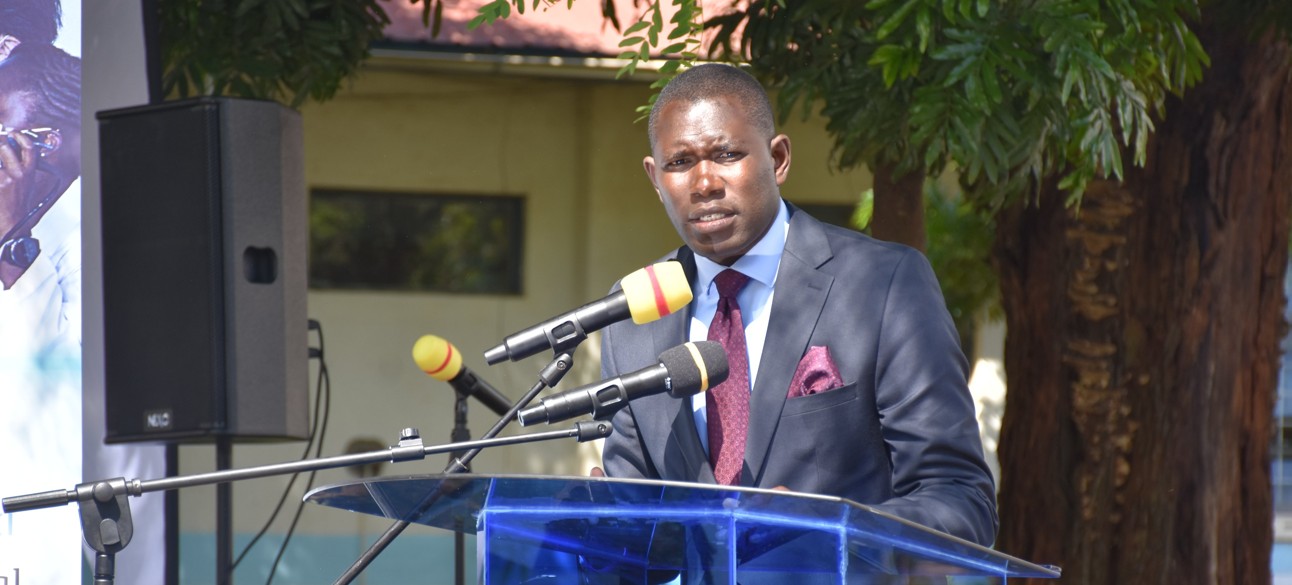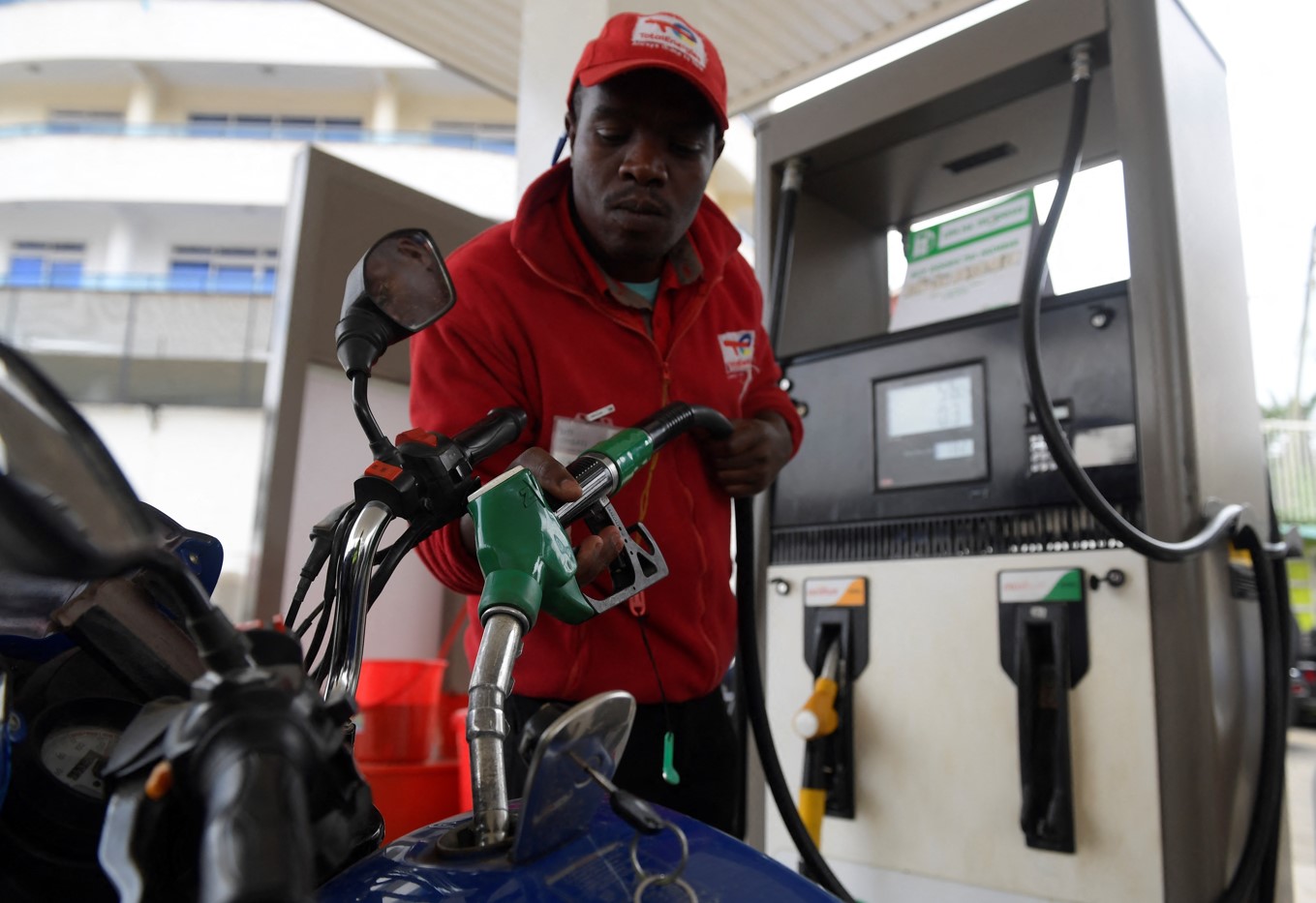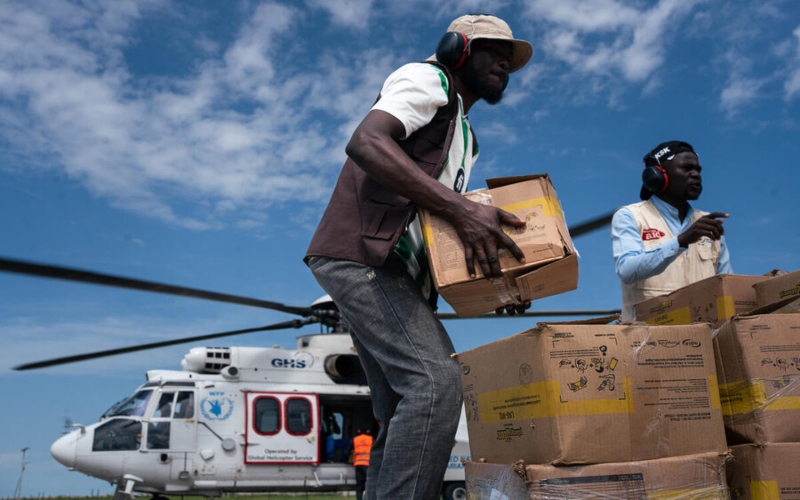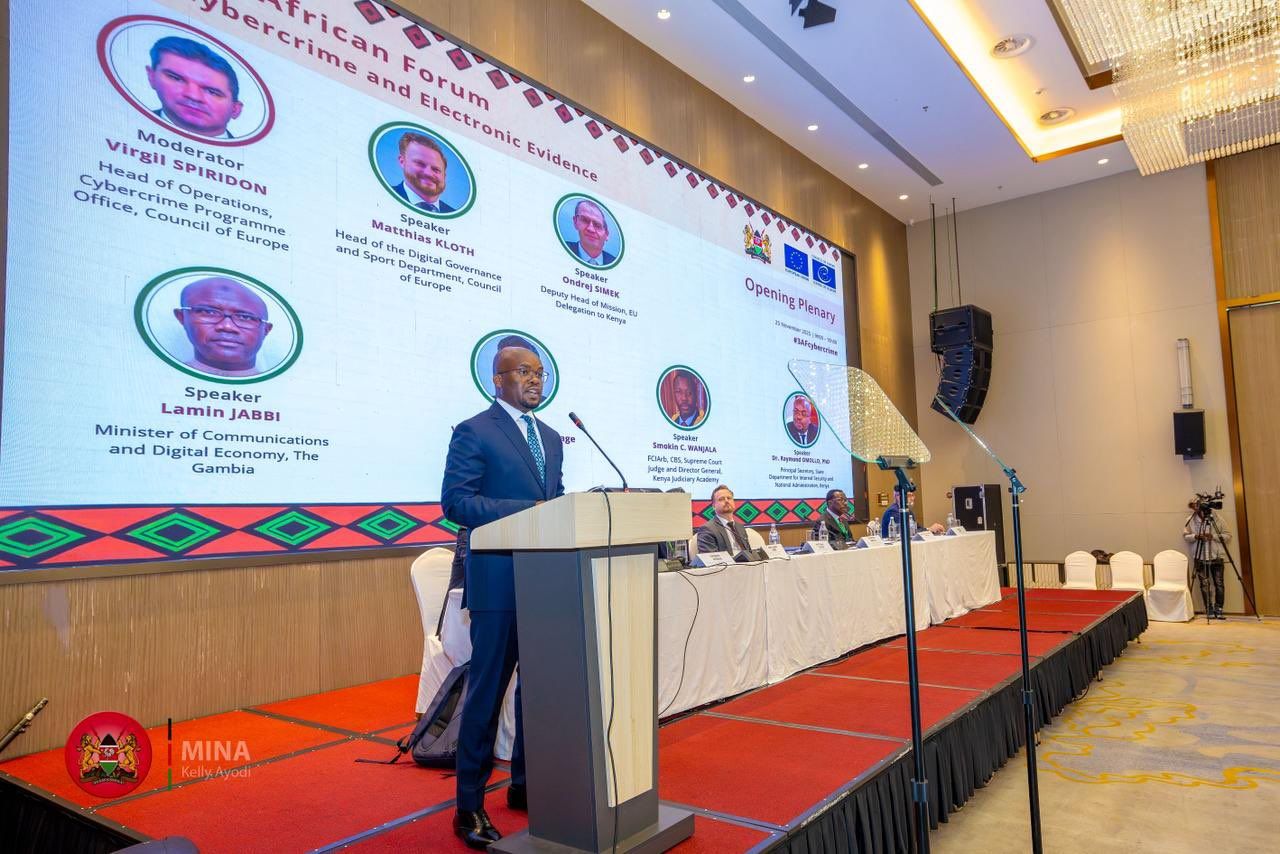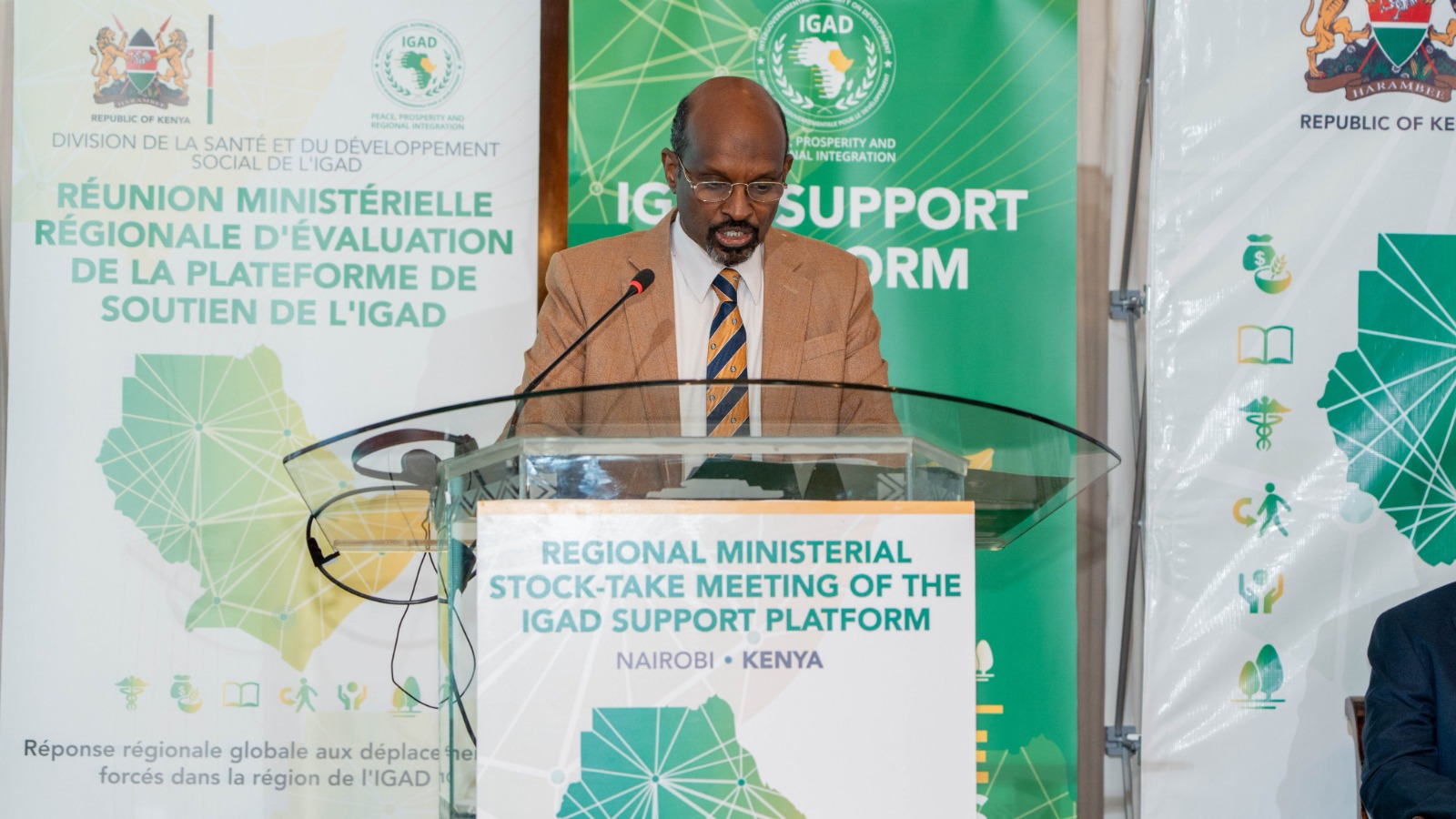Business, emergency needs top reasons for loans in Sub-Saharan Africa, study finds
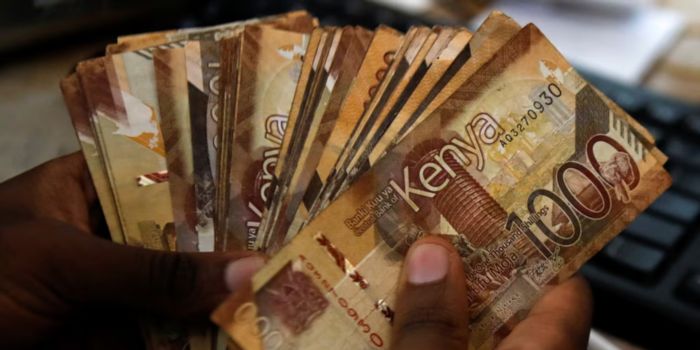
Mobile lending apps lead in most markets, especially Uganda (37 per cent), Ghana (33 per cent), Kenya (30 per cent), Tanzania (27 per cent), and Nigeria (26 per cent), while South Africa relies more on commercial banks (29 per cent).
Borrowing remains prevalent for many households in Sub-Saharan Africa, with a new report highlighting that credit continues to play a critical role in bridging gaps amid economic strain.
The October 2025 Financial Landscape report by research firm GeoPoll, conducted across six countries, including Kenya, reveals that nearly half of respondents took a loan in the past year.
More To Read
- CBK data shows Sh344 billion decline in mobile money transactions, steepest drop in 18 years
- Kenyans borrowed Sh629.2 billion in six months through Safaricom’s Fuliza service
- Father, son arrested over Sh236,000 Gikomba M-Pesa fraud syndicate
- 83 per cent of Kenya’s microloans under Sh1,000 go unpaid, says CBK
- Mobile money use in Kenya hits Sh724.8 billion monthly in 2024
- Kenya’s mobile money agents drop by 4.8 per cent as customers go fully digital
Other surveyed countries are Ghana, Nigeria, South Africa, Tanzania and Uganda. “Borrowing is common, 44 per cent have taken a loan in the past year,” the report reads.
Conversely, 57 per cent of respondents reported not having taken out a loan in the past 12 months.
Interestingly, the report suggests that their lack of borrowing is not due to financial resilience but rather a result of limited access to credit and barriers within the loan market.
Notably, the loan uptake varies significantly by country, with Uganda emerging as the only market where a majority, 51 per cent, reported having borrowed in the past year.
Kenya (47 per cent) and Tanzania (46 per cent) also show robust credit usage, while Ghana (37 per cent), Nigeria (36 per cent), and South Africa (34 per cent) trail behind.
The primary reason respondents cited for borrowing was to cover emergencies, accounting for 27 per cent of the responses.
Borrowing for business purposes follows closely at 23 per cent.
Education also emerges as a key driver, with 12 per cent of respondents borrowing to pay school or tuition fees.
Smaller but notable shares of respondents turn to borrowing for basic consumption needs, including food (7 per cent) and household expenses (5 per cent), while a further 3 per cent use credit to finance asset purchases such as land, mobile phones, or household appliances.
However, the emphasis varies by market.
Emergencies are the leading driver in Ghana (25 per cent), Kenya (27 per cent), South Africa (33 per cent), and Uganda (30 per cent), while business purposes dominate in Nigeria (26 per cent) and Tanzania (26 per cent).
Education is also a notable factor, particularly in Ghana (18 per cent) and Uganda (11 per cent), whereas borrowing to buy food or cover household expenses is secondary, generally below 10 per cent across most countries.
“Overall, emergencies shape borrowing in most countries, but Nigeria and Tanzania stand out for stronger business-related borrowing.”
Mobile lending apps emerge as the primary source of loans across the surveyed countries.
Among those who borrowed, the most common source was mobile lending apps, used by 29 per cent of respondents, the report says.
This was followed by commercial banks at 22 per cent, family or friends at 20 per cent, and SACCOs/cooperatives at 20 per cent.
Smaller shares reported borrowing from microfinance institutions (10 per cent), government funds such as Hustler Fund (10 per cent), or other sources (9 per cent).
A very limited proportion accessed credit through informal moneylenders (4 per cent) or government funds (less than 1%).
Across the six countries, borrowing sources show both similarities and contrasts.
Mobile lending apps lead in most markets, especially Uganda (37 per cent), Ghana (33 per cent), Kenya (30 per cent), Tanzania (27 per cent), and Nigeria (26 per cent), while South Africa relies more on commercial banks (29 per cent).
Family and friends are consistently important, ranging from 18 per cent in Ghana to 23 per cent in Tanzania and South Africa.
SACCOs/cooperatives stand out in Kenya (15 per cent) and Uganda (16 per cent), while microfinance institutions contribute moderately in Nigeria (15 per cent), Tanzania (11 per cent), and South Africa (12 per cent).
Overall, digital credit dominates regionally, but banks and cooperatives remain strong in select markets.
Top Stories Today

